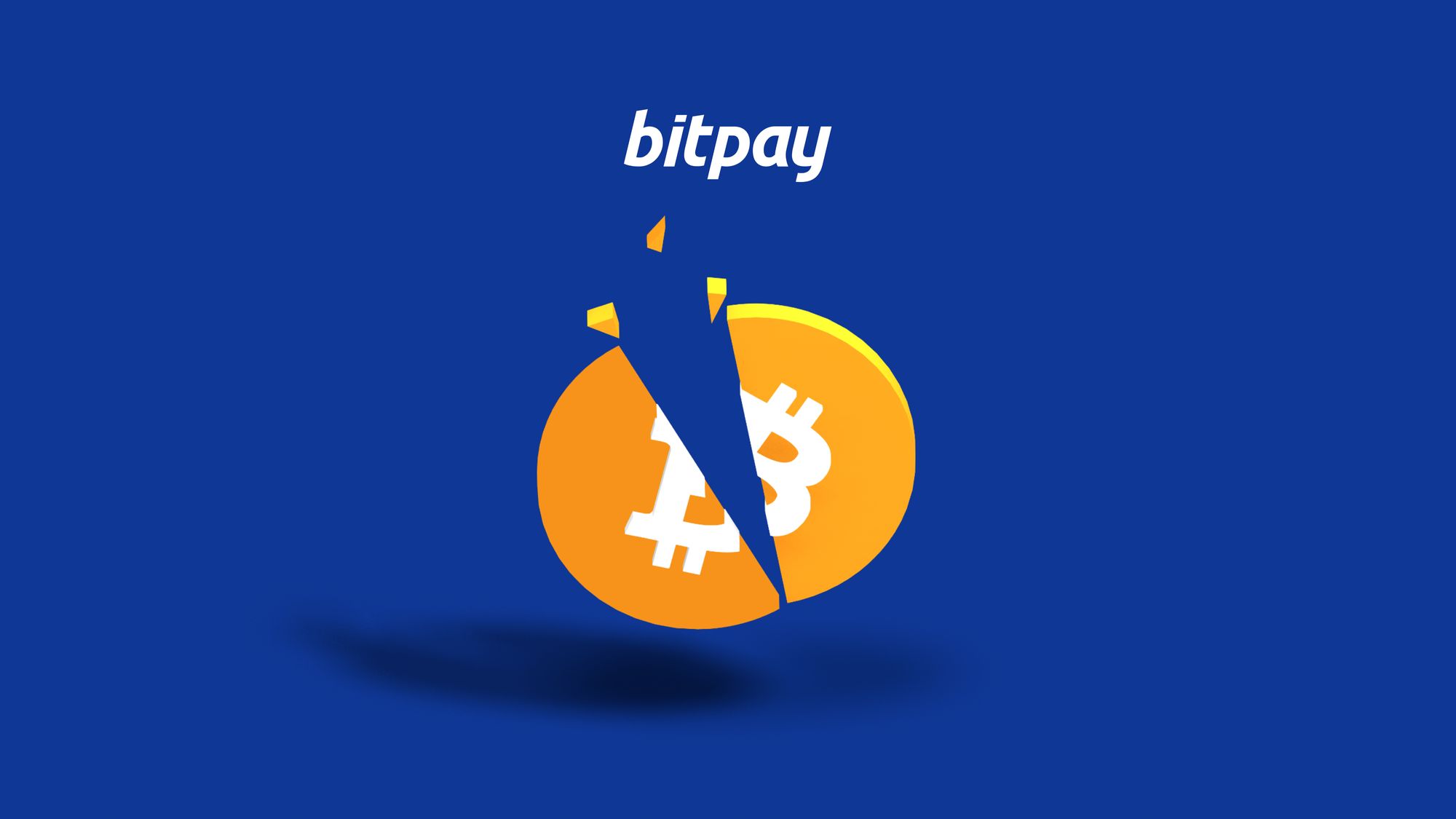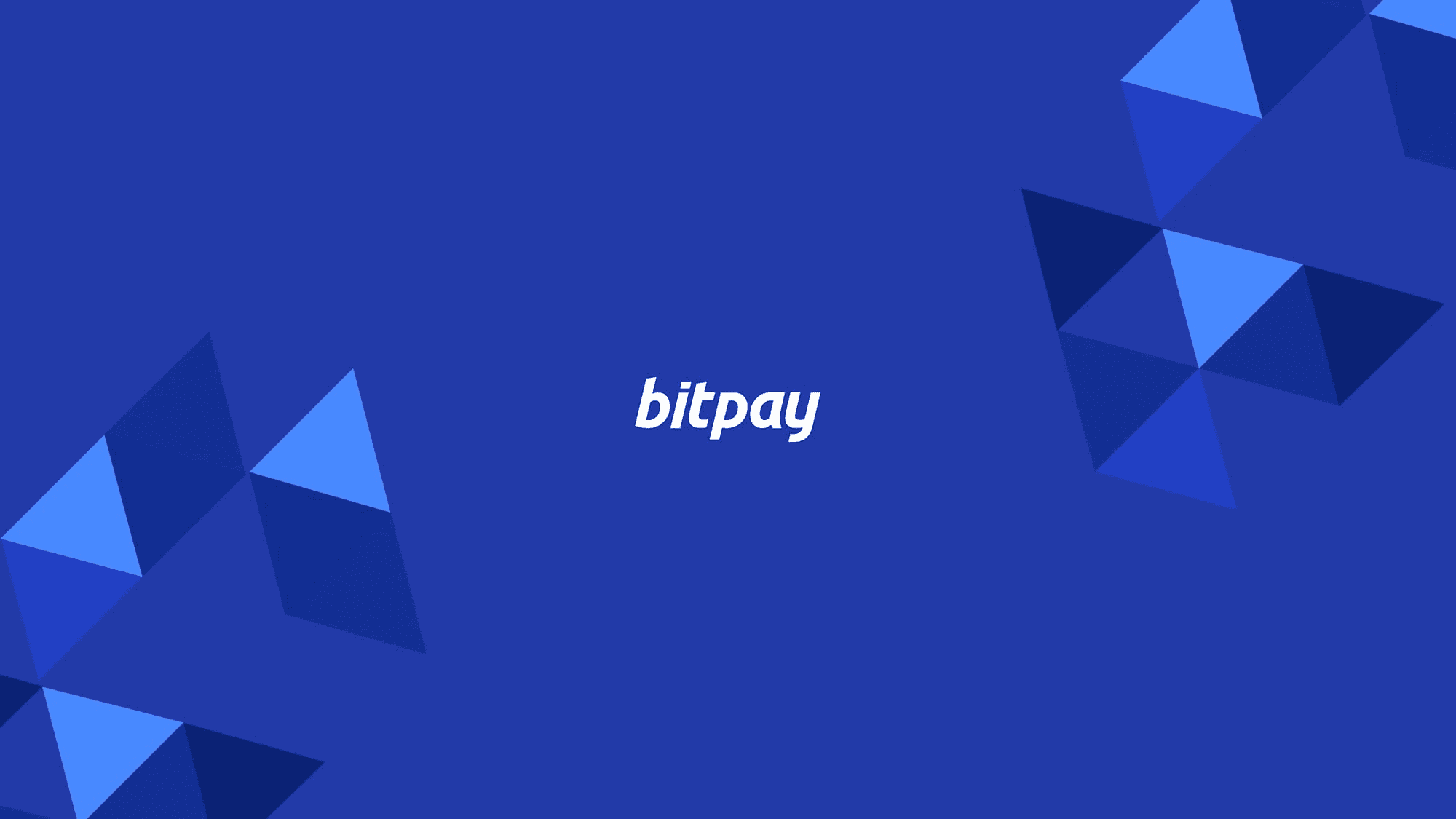May 4, 2023
What is Bitcoin Halving? How Will the 2024 Halving Impact Bitcoin?
The Important Bits
The fourth Bitcoin halving, anticipated to take place in April or May of 2024, is a significant event in the history of the network. It will see the amount of block rewards paid to Bitcoin miners once again cut in half, this time to 3.125 Bitcoins per new block.
Halvings occur on a set schedule of every 210,000 new blocks added to the Bitcoin blockchain, which works out to roughly once every 4 years. Halvings have the effect of reducing the speed at which new Bitcoins are mined, helping ensure price stability as the total uncirculated supply dwindles. Each previous halving has led to significant Bitcoin price spikes, but with periods of pronounced volatility in between. Keep track of the halving with our Bitcoin 2024 countdown.
The Bitcoin blockchain is about to undergo a halving, an event that has only happened three times since its 2009 launch. Ahead, we’ll delve into the history of this quadrennial Bitcoin event, why it happens, and its potential implications for the broader crypto market.
What is the Bitcoin halving?
A halving, aka halvening, is when the “block reward”, an amount of Bitcoin given to miners for successfully processing transactions, is reduced by half. It occurs every 210,000 transaction blocks, or approximately every 4 years. As of mid-2023, the block reward stands at 6.25 Bitcoins, and will drop to 3.125 when the next expected halving takes place in April or May of 2024.
It’s difficult to accurately predict what impact the next halving will have on the price of Bitcoin. However, each halving has been a major event in the history of the Bitcoin blockchain as it reduces the rate at which new coins are created, impacting both supply and demand.
The halvings will continue until at least the year 2140, when the last of Bitcoin’s fixed 21-million token supply is expected to be mined. This is certain due to being programmed into the protocol.
What happens at the Bitcoin halving?
Before getting into more detail about what the Bitcoin halving is and how it works, let’s take a moment for a quick overview of how Bitcoin mining works.
Bitcoin mining explained
Unlike fiat currency, Bitcoin was designed to function without a centralized governing authority (such as a central bank). To keep the system secure, network participants called “miners” process and validate transactions through what is known as a proof-of-work consensus algorithm before they’re added to the blockchain.
The “work” in proof-of-work refers to the vast amount of energy and computing power needed to solve complex mathematical equations to verify the legitimacy of the transactions contained in each block. Miners race to be the first to solve the equation, and the victor is compensated for their efforts with block rewards.
Miners are the backbone of the Bitcoin network’s security apparatus, and block rewards are paid out to encourage their honest participation. This structure simultaneously incentivizes miners to only confirm legitimate blocks (add a valid block, get paid) and discourages dishonest behavior (add an invalid block, lose rewards and waste expensive computing power).
Mining rewards also encourage more miners to take part in the network, which further hardens Bitcoin against malicious actors. In 2009, the block reward for miners was 50 Bitcoins. Over the course of the three previous halvings in 2012, 2016 and 2020, the reward has been reduced to 6.25 Bitcoins. When the next halving occurs in the spring of 2024, it will drop to 3.125 Bitcoins per completed block.
Bitcoin halving and its impact on supply and demand
One major difference between Bitcoin and fiat currencies is that Bitcoin is infinitely scarce, or hard money, while fiat has an infinite supply and is therefore considered easy money. When economic conditions call for it, a central bank or government can take measures to increase or decrease the amount of money circulating in the system. This is most often intended to “stimulate” the economy by inflating financial assets, increasing consumer spending, or both.
Bitcoin’s supply is hard capped at 21 million, meaning there will never be more than 21 million Bitcoins in circulation. Both the fixed supply and regularly occurring halvings were hard-coded into Bitcoin’s programming by its pseudonymous creator (or creators), Satoshi Nakamoto. This was in part to ensure Bitcoin would remain a deflationary currency, one that increases in value over time as its supply decreases.
The halving is significant to the network because of how tightly controlled Bitcoin’s supply is. As mentioned earlier, the increase in supply, or inflation rate of Bitcoin, is reduced by 50% at each halving.
Michael Saylor, MicroStrategy CEO and prominent Bitcoiner, recently went on CNBC explaining how the halving reduces oncoming supply, which reduces the amount of coins that miners can sell, leading to less selling pressure. This combined with increased demand from spot ETFs could have big implications for the Bitcoin price this cycle.
When is the next Bitcoin Halving?
Most predictions state the next halving will take place sometime in April or May of 2024. The last Bitcoin halving occurred on May 11, 2020.
The reason Bitcoin halvings happen roughly every 4 years is a matter of simple math. A halving is scheduled to occur every 210,000 blocks. The Bitcoin network is capable of creating a new block approximately every 10 minutes. Assuming round numbers for simplicity, 10 minutes times 210,000 transaction blocks equals 2.1 million minutes, or 3.995 years.
When previous halvings occurred
There have been 3 halvings so far in Bitcoin’s history:
Nov. 28, 2012 (block reward reduced from 50 BTC to 25 BTC)
July 16, 2016 (block reward reduced from 25 BTC to 12.5 BTC)
May 11, 2020 (block reward reduced from 12.5 BTC to 6.25 BTC)
Although the price of Bitcoin has experienced dramatic swings throughout its existence, each halving so far has been punctuated by a significant price increase in the months and years that followed. After the last two halvings, the BTC price peaked approximately 18 months later.
Again, this is no guarantee the pattern will continue, but historically, halvings have put sharp upward pressure on Bitcoin’s price.
Is Bitcoin halving bullish or bearish?
To answer this question, let’s look at how Bitcoin has performed after previous halving events. Keep in mind that past performance does not always predict future results.
Halving #1
At the time of the first halving in November 2012, Bitcoin was still relatively unknown to most of the world.
At the time, the price of a single Bitcoin was just $12.
100 days later, the price had mooned to $42 per coin.
Bitcoin reached $964 one year later.
Halving #2
By January of 2015, the price plummeted nearly 90% before picking up additional momentum in October that year, just 9 months before the second halving.
The second halving took place when Bitcoin was just starting to enter the public consciousness in a significant way in July 2016.
At the time, the price of Bitcoin was $663, and although it had experienced a roughly 10% correction by the 100 day mark,
One year later it had nearly quadrupled to $2,550 as the 2017 bull run began to pick up steam.
Halving #3
The most recent halving was in May 2020, coinciding with the early days of the COVID-19 pandemic.
Bitcoin was priced at around $8,750 at the time.
One year later was well on its way to its all-time-high of nearly $70,000 per token notched in November 2021 before retreating significantly in 2022.
Looking forward to the next Bitcoin halving in 2024
The 2024 Bitcoin halving will be a milestone event for the coin that propelled cryptocurrency into the mainstream. Reducing the block reward at set intervals helps ensure Bitcoin remains atop the list of most valuable cryptocurrencies by market cap, even as more than 19.3 million of Bitcoin’s fixed 21 million supply has already been mined.History has shown massive price bumps for Bitcoin after previous halvings, and in some cases in the months leading up to them. As of November 2023, Bitcoin is up 110% on the year.
Whether this price surge is part of normal bull-bear crypto market cycles or an anticipatory run-up ahead of 2024’s halving remains to be seen. There’s also a lot of bullish momentum built up around anticipation of the pending approval of a spot Bitcoin ETF in the United States.
Do I need to do anything to prepare for the Bitcoin halving in 2024?
For the average Bitcoin user, the answer is no – you don’t need to do anything to prepare for halving events. The Bitcoin sitting in your wallet will be unaffected.
If you believe that Bitcoin’s price will rise following the halving event, then it may be wise to buy Bitcoin before April/May 2024.
A DCA investment strategy (Dollar-Cost Averaging) allows you to reduce your average purchase price on the shares and take emotion out of the investment decisions. Read more about buying BTC before the halving.
Note: All information herein is for educational purposes only, and shouldn't be interpreted as legal, tax, financial, investment or other advice. BitPay does not guarantee the accuracy, completeness, or usefulness of any information in this publication and we neither endorse, nor are we responsible for, the accuracy or reliability of any information submitted or published by third parties. Nothing contained herein shall constitute a solicitation, recommendation, endorsement or offer to invest, buy, or sell any coins, tokens or other crypto assets. BitPay is not liable for any errors, omissions or inaccuracies. For legal, tax, investment or financial guidance, a professional should be consulted.





